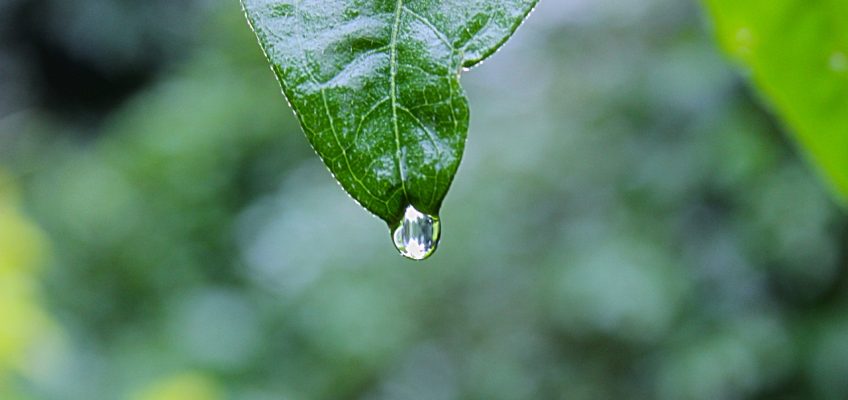These small maintainable gardens replace lawn areas with native wildflowers and grasses and soak up rainwater runoff from your roof, driveway, or lawn. The rain garden fills with a few inches of water to slowly filter into the ground rather than allowing pollutants in your yard like fertilizers to runoff to storm drains, streams, ponds and lakes. Compared to conventional lawns, rain gardens soak up to 30 percent more water. They also reduce local flooding and soil erosion. Want to learn more about the benefits of rain gardens and which plants you should use for your site?
Many of the plants found in a rain garden provide seeds and shelter for birds, as well as pollen and nectar for countless species of butterflies and native bees. Over the years, I’ve also found rain gardens promote an abundance of biologically beneficial insects to balance the local ecosystem and ward off damaging insect pests.
Here are some of the many native flowers and grasses you can use to create a rain garden in a sunny site: Purple Coneflower, Liatris, Bergamot, Smooth Penstemon, Sweet Joe Pye Weed, Cardinal Flower, New England Aster, Little Bluestem and Switch Grass.



